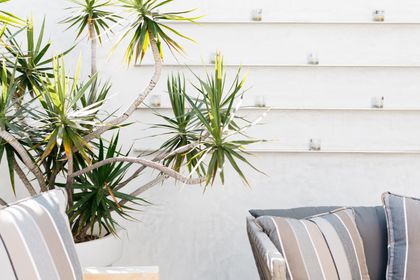A good way to give your garden a nice appearance with plants is to group them in odd numbers. For example, group your plants by width and odd numbers. This creates a more interesting and harmonious appearance. You can also group them in odd numbers and different shapes. Here are a few tips to make this process easier. You can also group plants in odd numbers or different widths, as long as you use the same principle. The more variety you have, the better!
Group plants in an odd number
When arranging your plants in a garden, grouping them in an odd number creates a nice appearance. Odd numbers look more organic and casual while even numbers appear more formal. To avoid looking symmetrical, mix up your plants by mixing up the sizes. Plants of different sizes and shapes will add interest and harmony to your plantings. A classic grouping is an arrangement of three plants of varying sizes.
The principle of grouping threes in a garden is often the same for naturalistic planting, which can be achieved by using threes of a particular plant. The number three is considered the magic number in gardening and comedy. Moreover, planting in odd numbers will create a dynamic and more natural appearance to your garden. You can also group plants of the same type, if you like. This will give your garden a better look.
In garden design, arranging plants in odd numbers creates an aesthetically pleasing composition. This rule applies to small plant groupings as well as larger ones. Its use in landscape design is highly subjective, but it is generally considered a good way to create an attractive and balanced garden. You may want to stick with even numbers in your garden if your garden is small and you are working with a limited budget, but you should use it as a guideline.


